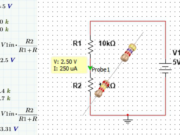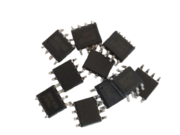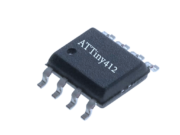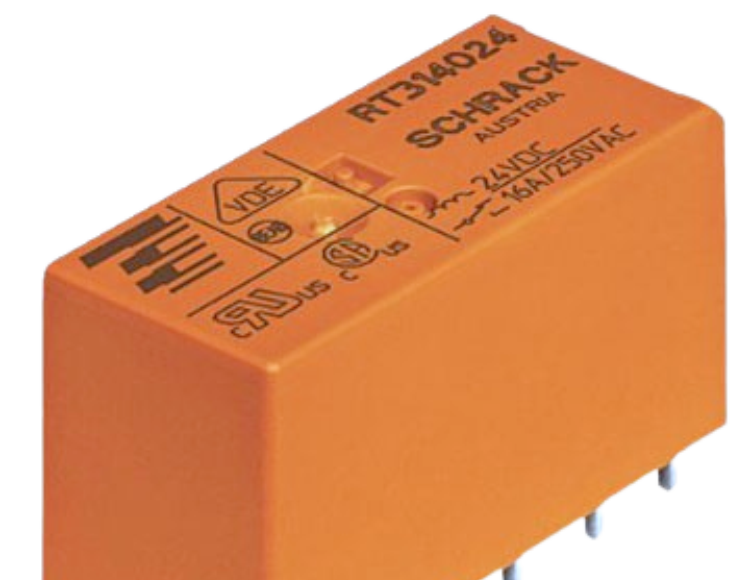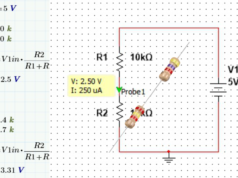If you can afford it that is
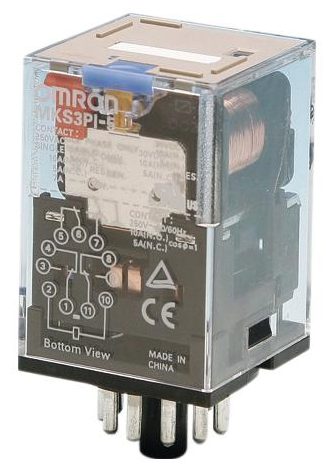
Non-latching relays are the standard relays that everyone often uses in their electronic designs. They are cheap and have their place in many electronic products. But the biggest problem with these types of relays is the wasted power. If in your design you need to keep the load turned on for a longer time. Then the efficiency of the system goes down.
This is where Latching relays come in, These relays, Once turned on need not require power to keep them on, thereby saving power.
But unfortunately, these relays are expensive and not used in a lot of products or projects.
In this article we shall look at how these Latching relays can be used.
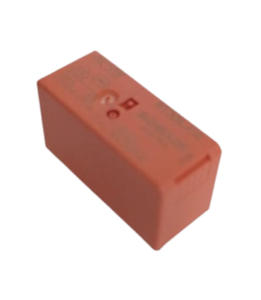
 The Relay used as an example is the SCHRACK – RT33LA12. This is a power relay, 12VDC coil, and a bistable 1 coil latching relay. it is a 1 FORM-A. It has a contact rating of 250V / 16A. Note the A and B contacts which are the Bi-stable contacts. When voltage is applied i.e. 12V to A and 0V to B, the relay latches and stays in this state until the 12 Volts is applied in reverse i.e. 12V to B and 0V to A to clear the latch. We could use a 4-transistor H-Bridge circuit as shown below
The Relay used as an example is the SCHRACK – RT33LA12. This is a power relay, 12VDC coil, and a bistable 1 coil latching relay. it is a 1 FORM-A. It has a contact rating of 250V / 16A. Note the A and B contacts which are the Bi-stable contacts. When voltage is applied i.e. 12V to A and 0V to B, the relay latches and stays in this state until the 12 Volts is applied in reverse i.e. 12V to B and 0V to A to clear the latch. We could use a 4-transistor H-Bridge circuit as shown below
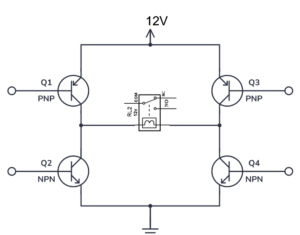
But we could do better using the L293D H-Bridge IC as shown below.
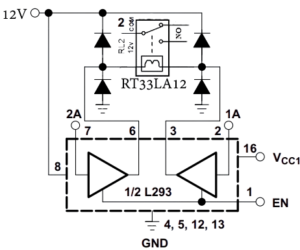
This relay can now be controlled by a microcontroller. The table below shows how the relay works and the control signal to be provided.
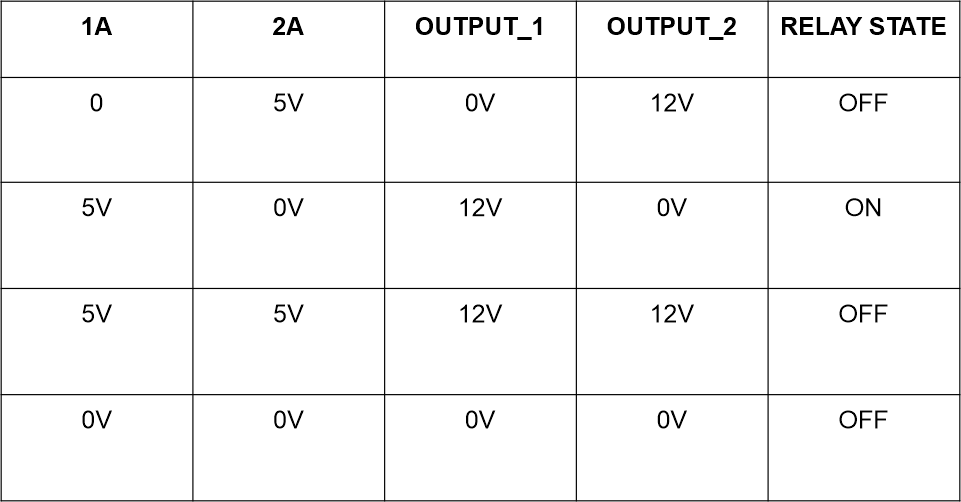
As you can see in the video, the relay works and turns on the blinking led. The Interface module board called the uCAid is used. It is very useful interface module and consists of many functions such as switches/leds/pulse and many more. This module has a 1 second pulse which is fed to one of the contact of the relay and the other contact of relay is connected to the led on board.

